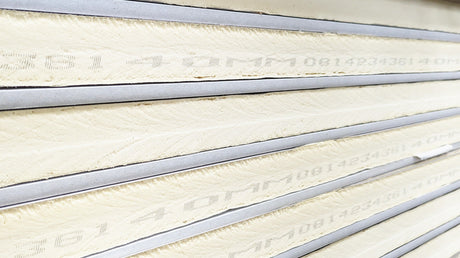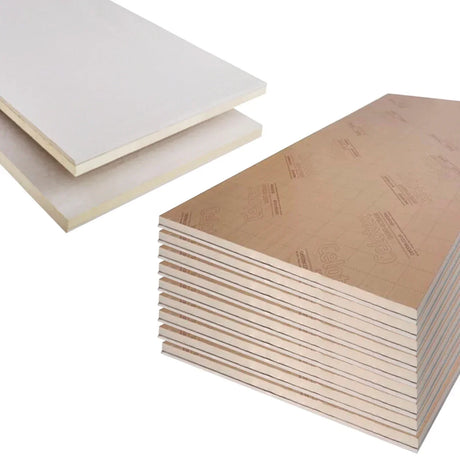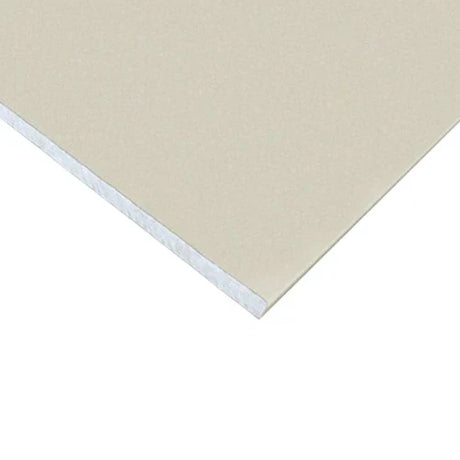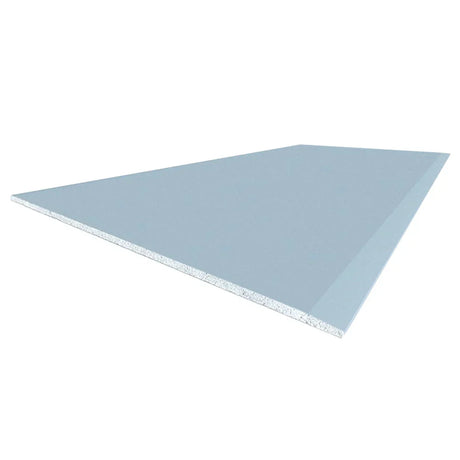Marine plywood offers compelling advantages as an exterior cladding material when appropriately specified, detailed, and protected. Understanding both its capabilities and limitations helps implement successful exterior cladding applications balancing performance, aesthetics, and practical installation considerations.
The inherent weather resistance of genuine marine plywood creates natural advantages for cladding applications. The fully waterproof phenolic adhesives, quality hardwood veneers throughout all layers, and void-free construction provide exceptional dimensional stability even with moisture exposure compared to standard construction plywood or solid timber alternatives. These characteristics reduce the warping, cupping, or splitting common with less sophisticated wood cladding materials, maintaining consistent appearance and weather protection throughout extended service periods. The material's enhanced edge performance proves particularly valuable for detailed architectural expressions where cut panel edges remain exposed as design features rather than concealed behind traditional cover strips, with significantly reduced edge swelling or breakdown compared to standard plywood alternatives when properly sealed.
Protective finishing requirements remain essential despite marine plywood's inherent moisture resistance. Without appropriate surface protection, even premium marine grades eventually degrade under combined UV exposure and moisture cycling in fully exposed applications. Optimal protection involves multi-component systems addressing different degradation mechanisms: penetrating preservative treatments providing biological protection, moisture-repellent layers preventing water absorption, and UV-resistant top coats protecting against solar degradation. Factory-applied protective systems often deliver superior performance compared to site-applied alternatives, with controlled application conditions ensuring optimal coverage and curing before environmental exposure begins. These protective systems require periodic maintenance regardless of initial quality, with inspection and renewal schedules representing essential aspects of successful long-term cladding performance rather than optional aesthetic considerations.
Installation detailing significantly influences performance longevity regardless of material quality. Rainscreen principles providing ventilated cavity behind panels, appropriate drainage paths preventing water trapping against surfaces, and proper flashing details at transitions all contribute to extended service life. Edge treatment deserves particular attention, with exposed cut edges requiring comprehensive sealing through either multiple coating applications or physical cover details protecting these vulnerable areas. Fixing selection significantly impacts both appearance and performance, with quality stainless steel fixings preventing the corrosion staining common with standard alternatives. These installation details often determine ultimate performance more decisively than panel quality itself, with thoughtfully detailed systems using moderate-grade materials frequently outperforming premium panels installed without appropriate moisture management considerations.
Architectural expression potential creates distinctive design opportunities beyond simple weather protection. Marine plywood's quality face veneers from select hardwood species provide attractive natural appearances when specified with clear or transparent finishes rather than opaque coatings, connecting buildings visually with their natural surroundings. The material's excellent machining characteristics enable sophisticated detailing including routed patterns, shaped edges, or precision-cut perforations creating distinctive visual expressions beyond flat panel applications. These aesthetic possibilities extend further through creative joint detailing, panel orientation patterns, or integration with complementary materials like metal flashings or feature elements. These design capabilities explain marine plywood's popularity for architect-designed projects where cladding contributes significant aesthetic value beyond basic weather protection functionality.
Cost considerations necessarily influence specification decisions, particularly for larger cladding expanses. Premium BS 1088 marine plywood represents substantial investment compared to alternative cladding materials, with initial material costs potentially 3-4 times higher than standard exterior-grade plywood systems or manufactured board alternatives. This premium positioning makes balanced selection particularly important, potentially using marine grades for specific prominent or highly exposed elevations while employing more economical alternatives for less visible or better-protected aspects. The comparative lifetime cost assessment proves more favorable when considering maintenance requirements, potential replacement cycles, and installation efficiencies, with marine plywood's superior performance potentially justifying its initial premium through extended service life and reduced ongoing maintenance compared to seemingly economical alternatives requiring more frequent attention or earlier replacement.
Alternative material comparison provides useful context when evaluating marine plywood cladding. Standard construction plywood, even with exterior adhesives, typically demonstrates significantly shorter service life with greater tendency toward delamination and surface degradation. Cement-based board systems offer excellent durability but limited aesthetic options and greater installation complexity. Manufactured timber-alternative boards provide consistency but lack the authentic natural appearance possible with quality wood veneers. Metal cladding systems offer exceptional longevity but completely different aesthetic characteristics and potentially greater thermal movement considerations. These comparative evaluations help establish appropriate expectations and selection criteria based on specific project priorities balancing performance, aesthetics, installation practicality, and budget considerations rather than isolated material characteristics.
Sustainability considerations increasingly influence cladding material selection alongside performance and aesthetic factors. Quality marine plywood from responsible manufacturers carries Forest Stewardship Council (FSC) or similar certification verifying sustainable sourcing, providing renewable material alternatives to petroleum-based or energy-intensive manufactured options. The material's exceptional longevity when properly detailed and maintained reduces lifetime environmental impact through extended replacement cycles compared to shorter-lived alternatives. The potential for eventual recycling or biodegradability at end of service life further enhances environmental credentials compared to composite materials potentially requiring special disposal considerations. These sustainability factors provide additional selection criteria beyond simple performance or aesthetic considerations, particularly important for environmentally focused projects seeking balanced material choices addressing multiple responsibility aspects beyond basic functionality.
Building regulation compliance requires attention for cladding applications beyond performance considerations. Current UK Building Regulations following the Grenfell tragedy place increased emphasis on cladding material fire performance, particularly for taller structures or residential applications. Marine plywood typically achieves Euroclass D fire classification without treatment, requiring careful compliance verification for specific applications where enhanced fire performance might be required. Various fire-retardant treatments can improve this natural classification to C or B performance levels when necessary for regulatory compliance, though potentially affecting weathering characteristics and requiring specific maintenance considerations beyond standard protective systems. These regulatory requirements create essential specification factors beyond simple performance or aesthetic considerations, particularly for commercial projects or residential applications above certain height thresholds where compliance documentation becomes formal requirement rather than optional consideration.
At DIY Building Supplies, we offer quality marine plywood suitable for exterior cladding applications, along with comprehensive technical guidance regarding appropriate protective systems, installation detailing, and maintenance regimes to ensure successful long-term performance for your specific architectural expression. Our experienced team can assist with material selection, protection specification, and compliance verification ensuring your cladding project achieves both the desired aesthetic impact and appropriate weather protection performance throughout its intended service life.









